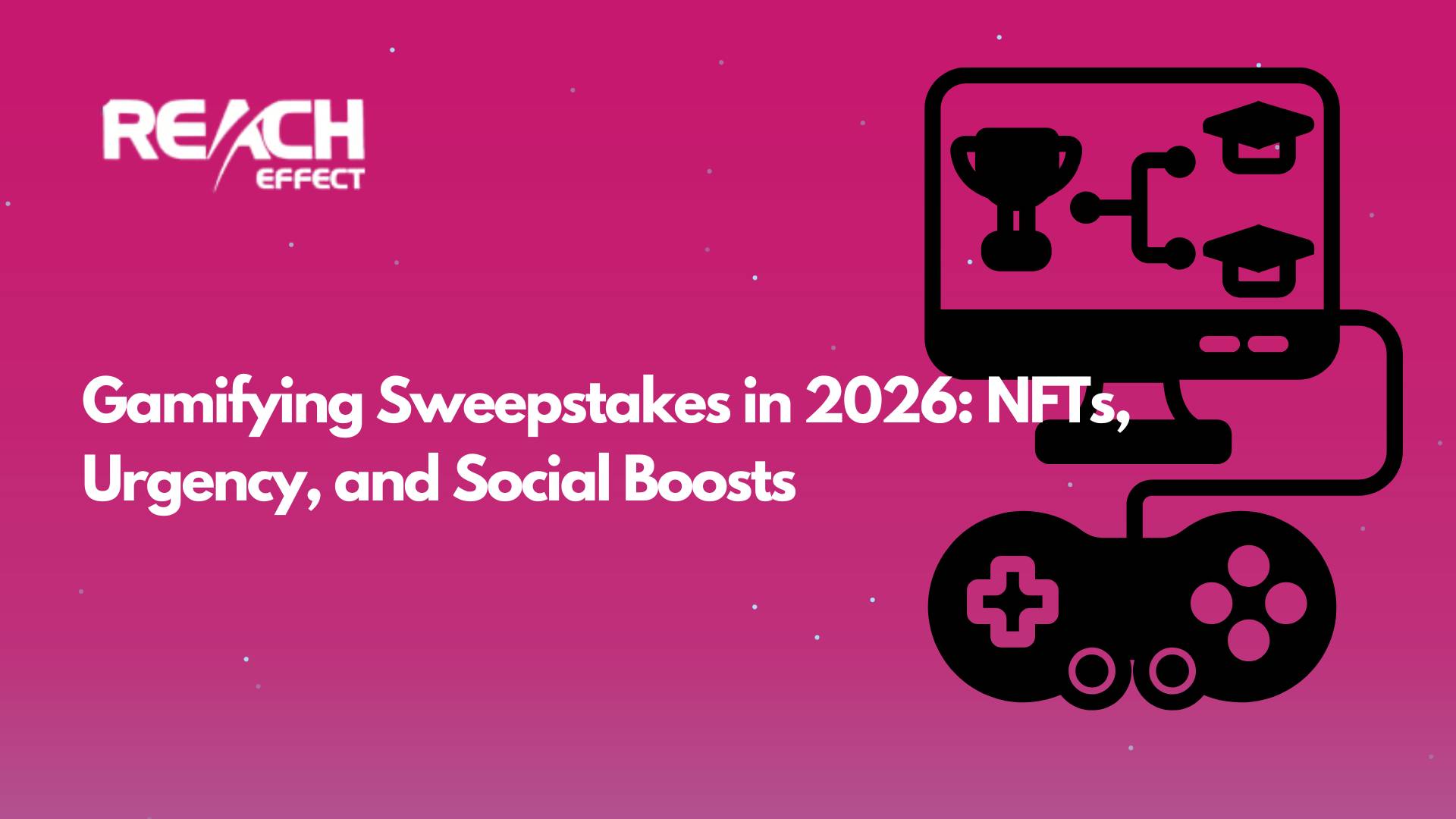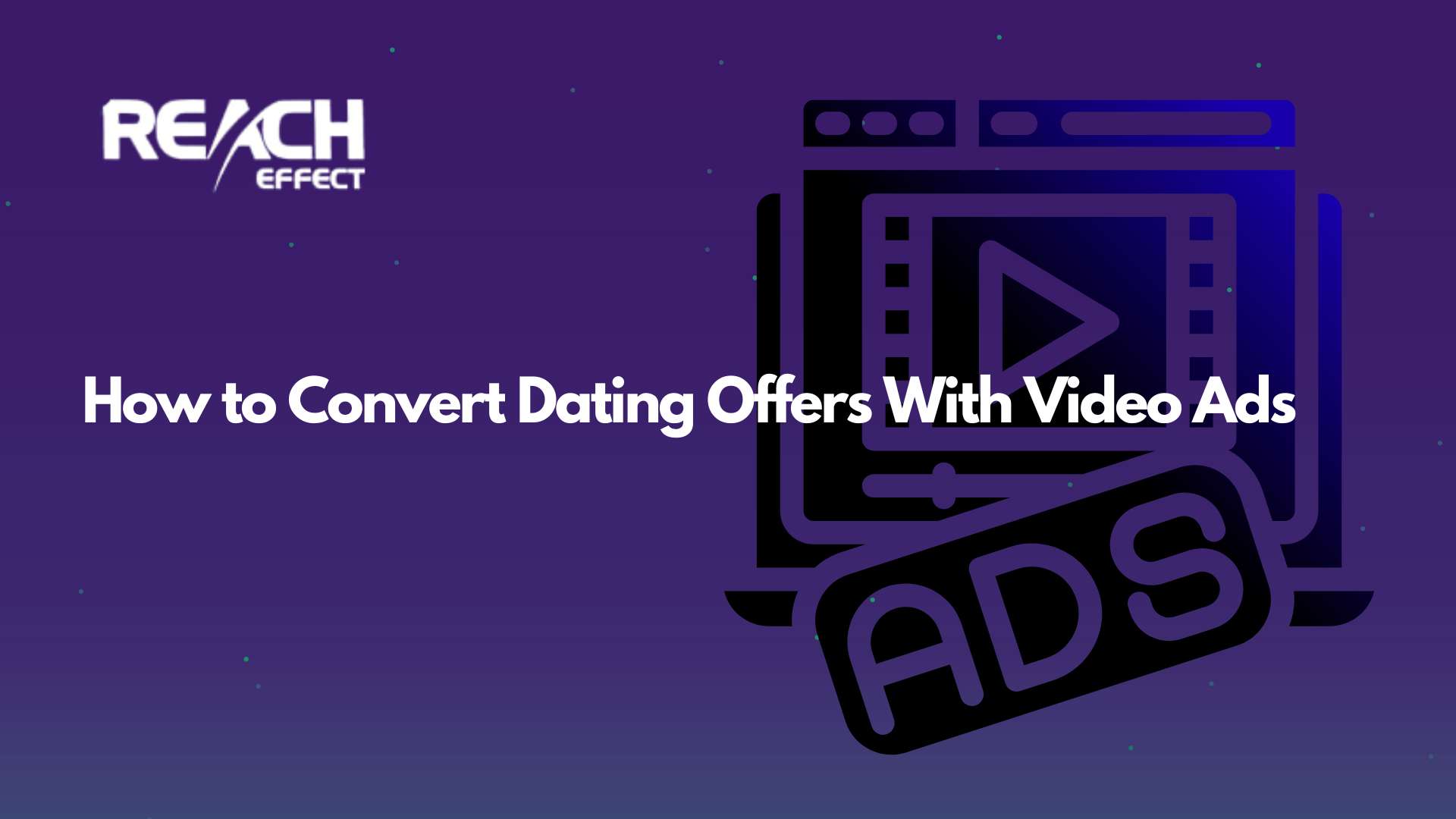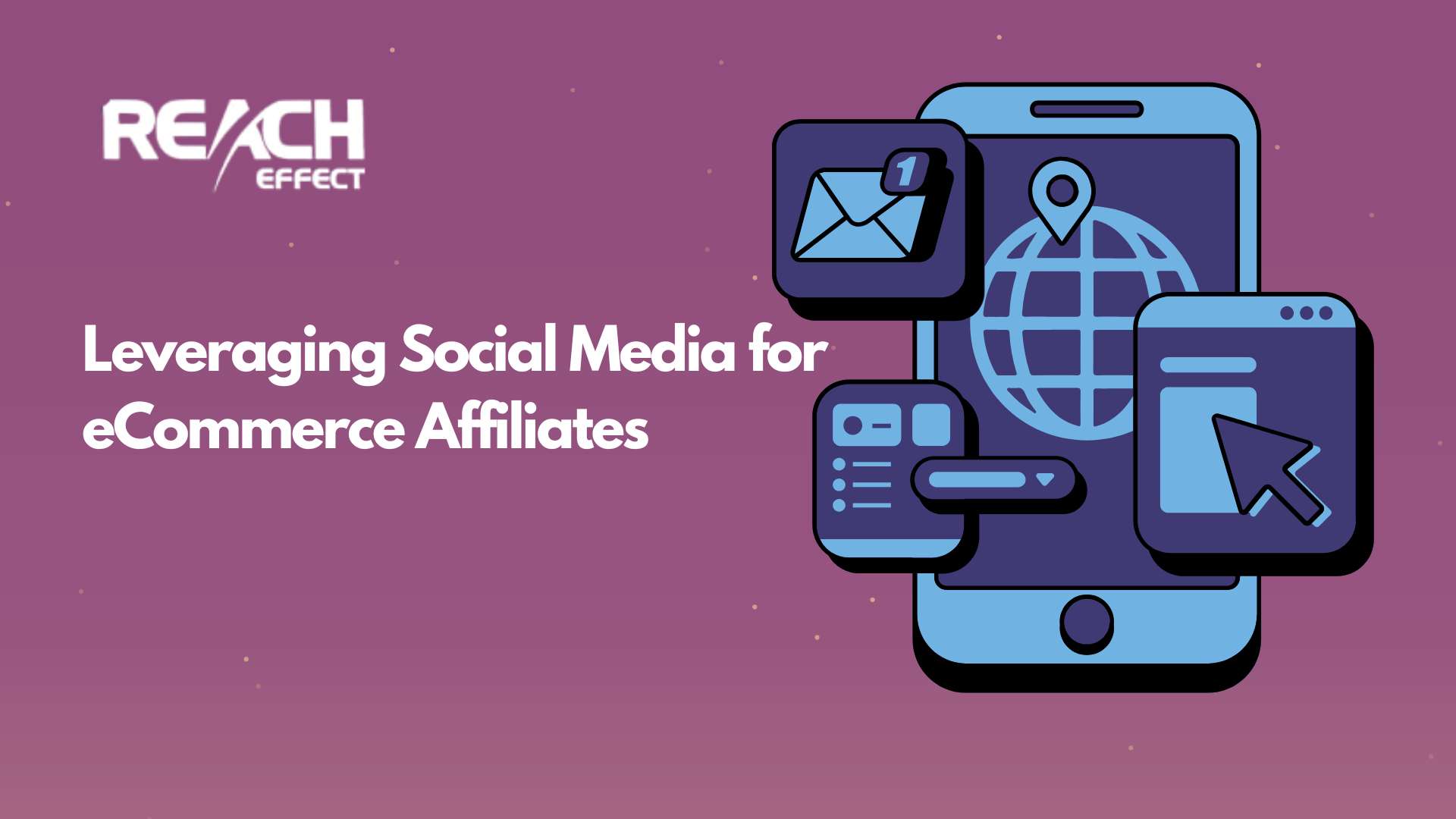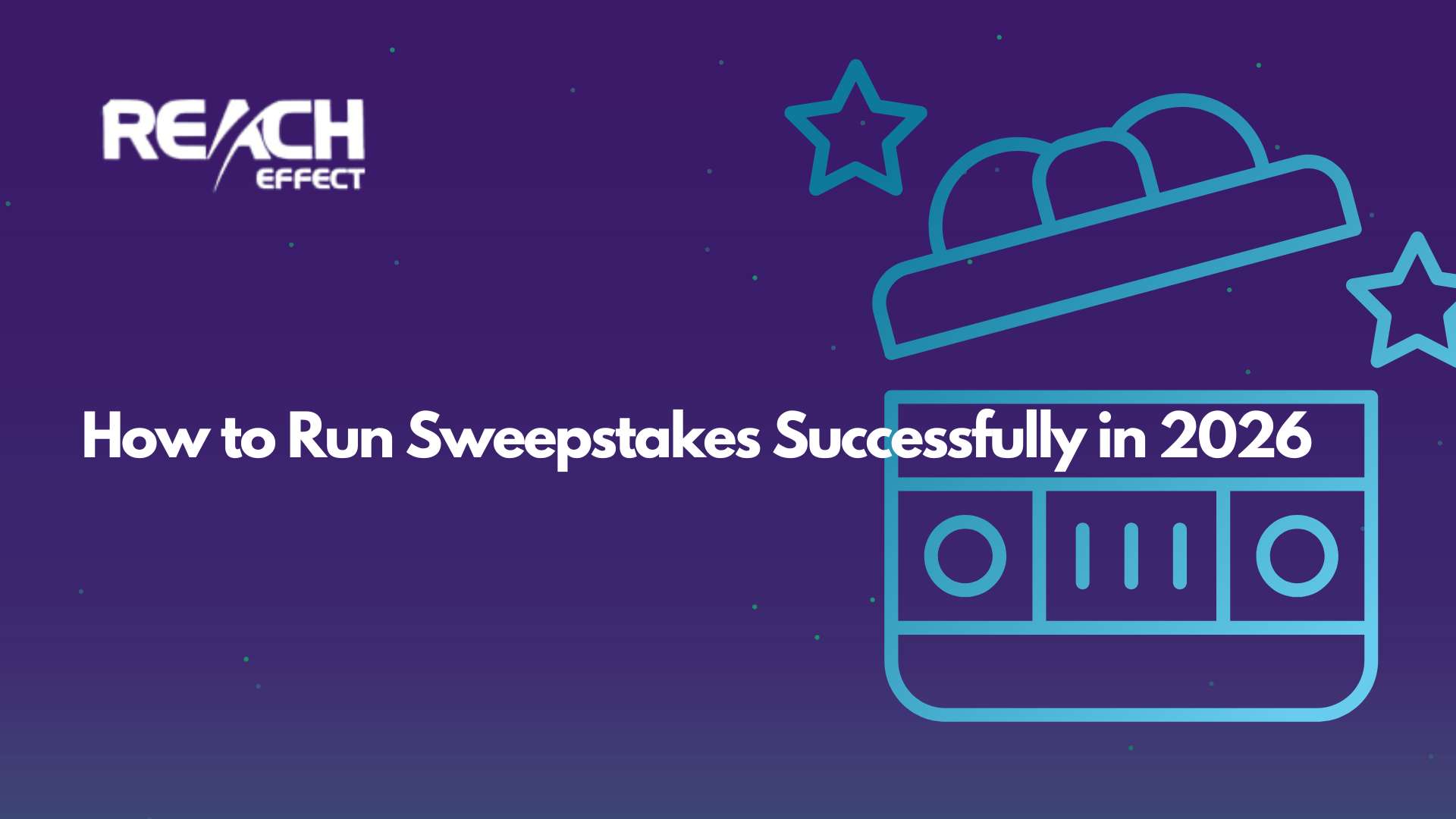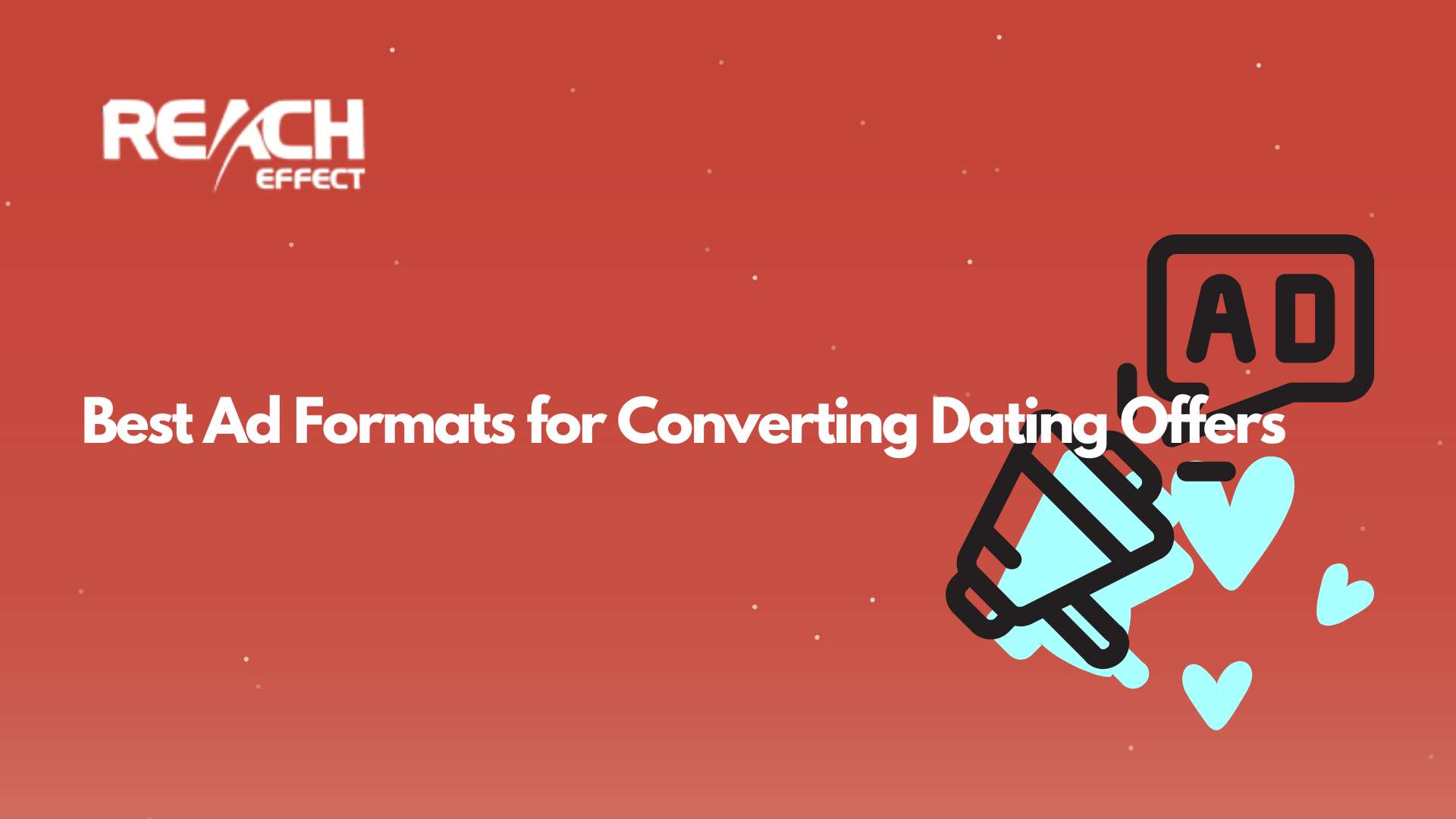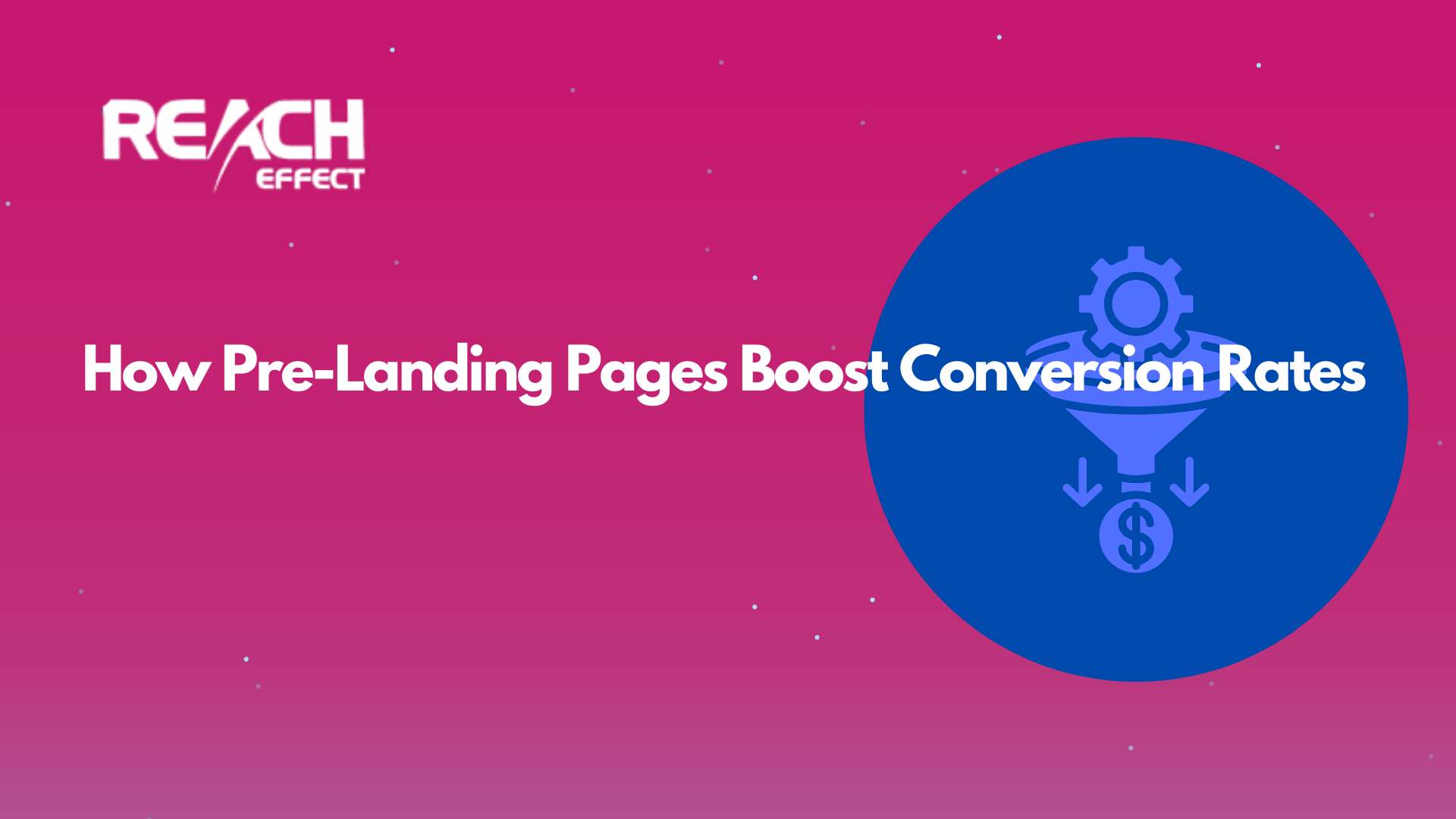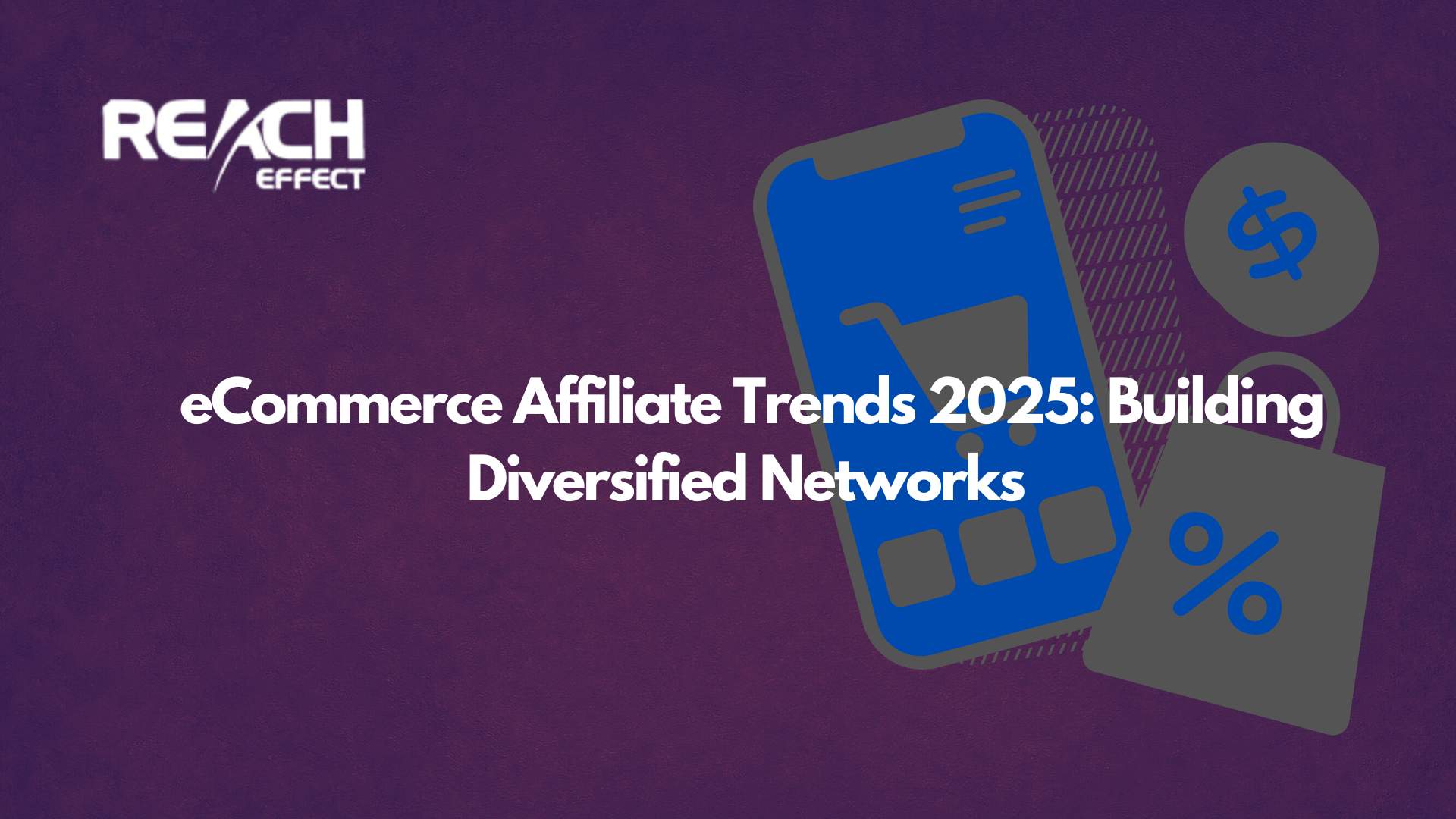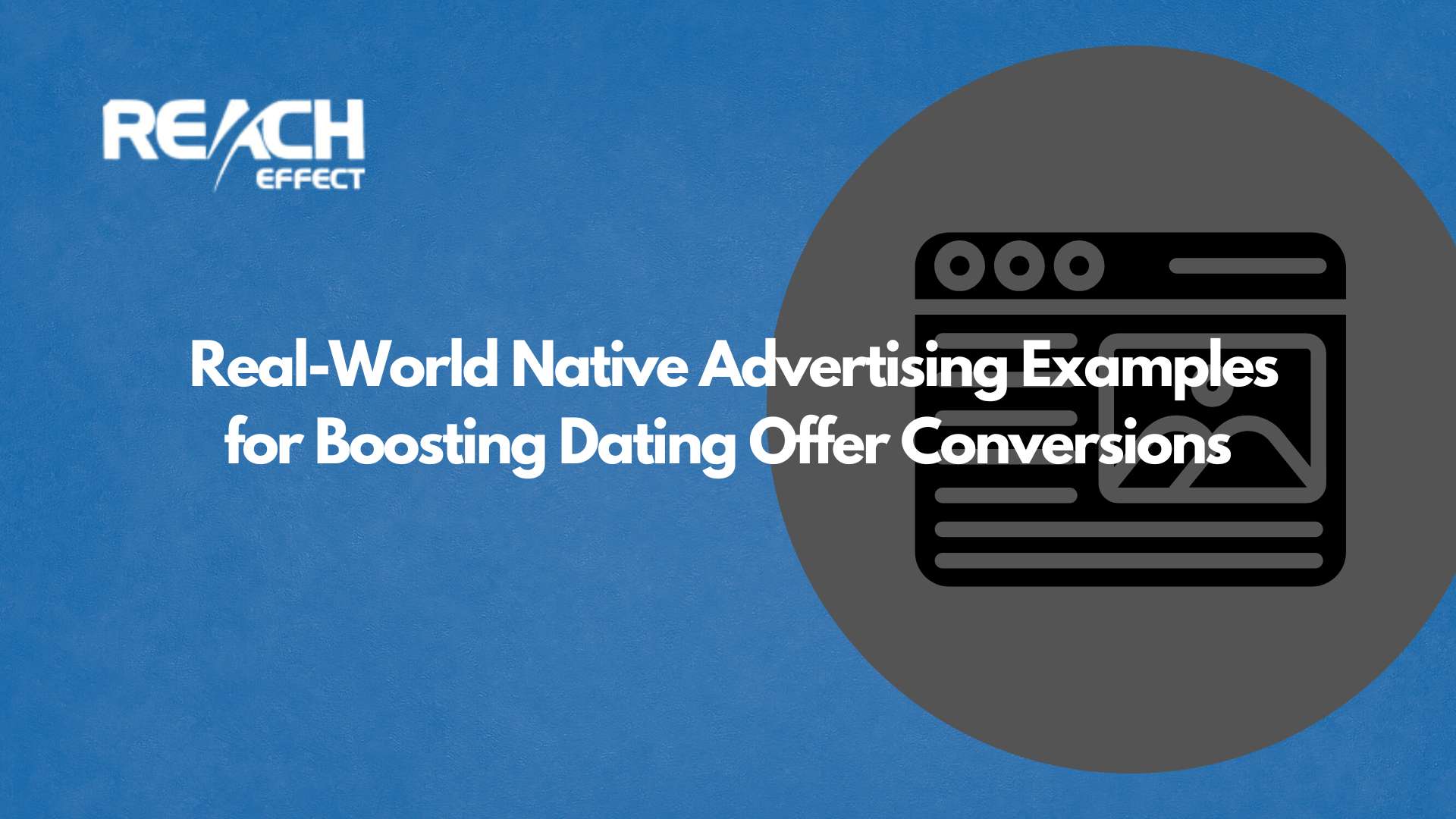Email marketing remains one of the most effective ways to connect with your audience. It lands right in their inbox, a place they visit daily. But sending an email isn’t enough. To make email marketing campaigns successful, you need them to grab attention, spark interest, and encourage action.
Whether your goal is more sales, sign-ups, or engagement, a high-converting campaign can get you there. This guide will walk you through everything you need to know to create email marketing campaigns that work. It’s written for anyone looking to improve their results, and it’s tailored with insights that align with what ReachEffect offers to businesses.
Why Email Marketing Campaigns Matter
Email marketing campaigns stand out because they’re personal and direct. Unlike social media posts that can get lost in a feed, emails go straight to your audience. Studies show email marketing delivers an impressive return on investment, often around $42 for every dollar spent. That’s a big reason businesses keep using it. But success doesn’t happen by accident. You need a plan to make your emails stand out in a crowded inbox. Let’s break down the steps to create campaigns that convert.
Step 1: Write Subject Lines That Get Clicks
Your subject line is the first thing people see. If it doesn’t catch their eye, your email stays unopened. A good subject line is short, clear, and tempting. Aim for 50 characters or fewer so it doesn’t get cut off on mobile devices. Use words that suggest action or value, like “discover” or “save.” Adding the recipient’s name can make it feel personal, which often boosts open rates.
For example, “New Products Just For You” beats “Our Latest Product Update” every time. The first feels like an invitation, while the second sounds like a chore. Avoid overused words like “urgent” or “free” unless they fit naturally. They can trigger spam filters or turn people off. Test different styles to see what your audience likes best.
Step 2: Build Content That Keeps Them Reading
Once someone opens your email, the content has to hold their interest. Start with an opening line that pulls them in. Something like “Ever wondered how to double your click rates?” can work wonders. Keep paragraphs short and easy to scan. People don’t read emails like novels. They skim. Bullet points or numbered lists help highlight key ideas.
Focus on giving value. Share a tip, tell a quick story, or offer a deal they can’t ignore. Use simple language that anyone can understand. If you’re promoting something, explain how it helps the reader. For instance, instead of “Buy our new tool,” try “See how this tool saves you an hour a day.” Pictures or videos can make your email more appealing, but keep them light so they load fast. The goal is to make every email worth their time.
Step 3: Pick the Perfect Send Time
Timing can make or break your email marketing campaigns. Send too early, and your email gets buried. Send too late, and it’s ignored. The best time depends on who you’re reaching. Office workers might check email around 10 a.m., while parents might look later in the evening. Look at your past campaigns to spot patterns. When do most people open or click?
Tuesdays and Thursdays often perform well for business emails, but every audience is different. Experiment with a few times and track the results. Frequency matters too. Weekly emails keep you top of mind without overwhelming people. Monthly might work if your content is packed with value. Adjust based on what your subscribers respond to.
Step 4: Divide Your List for Better Results
Sending the same email to everyone rarely works. Segmentation splits your list into groups with similar traits. You might group people by age, location, or what they’ve bought before. This lets you send messages that feel made for them. A 20-year-old student wants different things than a 50-year-old professional.
After segmenting, tweak your emails for each group. A segment of past buyers might get “Thanks for shopping! Here’s 10% off your next order.” New subscribers might see “Welcome! Here’s a quick tip to get started.” This approach lifts conversions because it’s relevant. ReachEffect specializes in targeting the right people, which pairs perfectly with segmented email marketing campaigns.
Step 5: Make It Personal
Personalization takes segmentation further. It’s more than just “Hi, Sarah.” It’s about matching the email to what Sarah cares about. Use data like her past clicks or preferences to shape the message. If she browsed hiking gear, send her deals on outdoor products. If she signed up for tips, share a helpful guide.
Personal touches show you’re paying attention. They build trust, and trust leads to action. Just don’t overdo it. Too much detail can feel intrusive instead of thoughtful.
Step 6: Add a Call to Action They Can’t Miss
Every email needs a purpose. Your call to action (CTA) tells readers what to do next. It could be “Shop Now,” “Learn More,” or “Claim Your Discount.” Make it bold and obvious. A bright button works better than plain text buried in a paragraph. Keep it short and specific so there’s no confusion.
Limit yourself to one main CTA per email. Too many options overwhelm people. If you’re running a sale, “Get 15% Off Today” on a big blue button does the trick. Place it where it’s easy to find, like after a key benefit. A strong CTA turns interest into action.
Step 7: Test and Tweak for Success
No campaign is perfect on the first try. Testing shows you what works. Send two versions of an email with different subject lines to small groups. See which gets more opens. Try different CTAs or send times too. This is called A/B testing, and it’s a game-changer.
Track numbers like open rates, clicks, and conversions. If 20% of people open your email but only 1% click, maybe the content isn’t compelling enough. Use these insights to improve. Over time, small changes add up to big wins. It’s how you turn good email marketing campaigns into great ones.
Step 8: Measure Your Progress
Numbers tell the story of your campaign’s success. Open rates show if your subject lines work. Click-through rates reveal if your content and CTAs connect. Conversion rates track the end goal, like sales or sign-ups. Watch unsubscribe rates too. A spike might mean you’re sending too often or missing the mark.
Use these metrics to guide your next steps. If something’s not working, adjust it. If it’s working well, do more of it. Tools from ReachEffect can help you dig into these details and refine your approach. The more you measure, the smarter your campaigns get.
Wrapping It Up
Creating high-converting email marketing campaigns takes effort, but it’s worth it. Start with a subject line that grabs attention. Fill your email with content that’s useful and easy to read. Send it at the right time to the right people. Personalize where you can, and always include a clear next step. Test your ideas and use the results to get better. With these pieces in place, your emails won’t just reach inboxes—they’ll drive real results. Ready to give it a shot?



